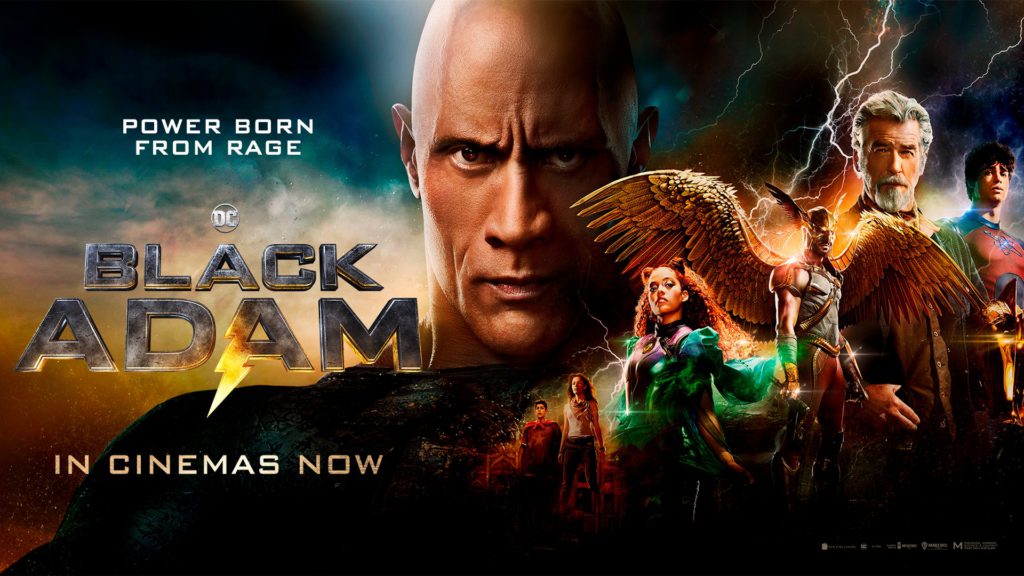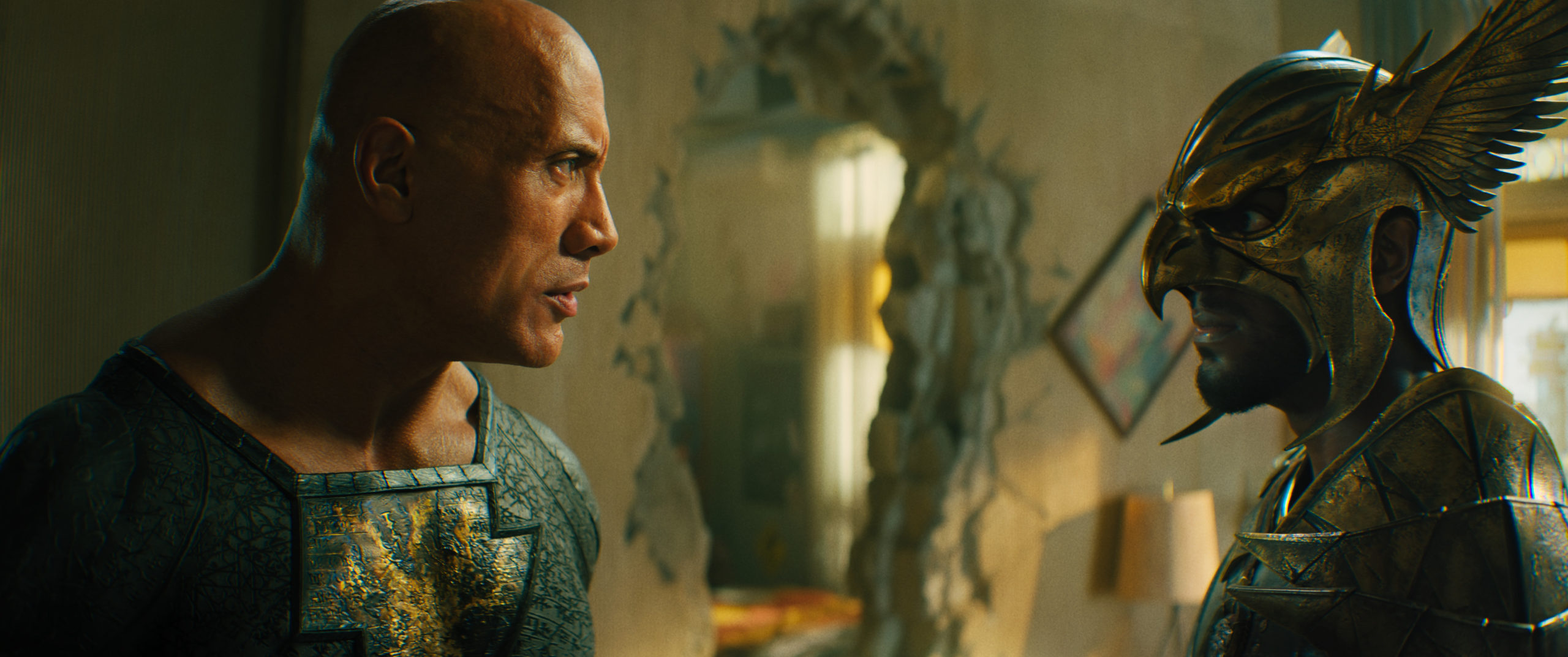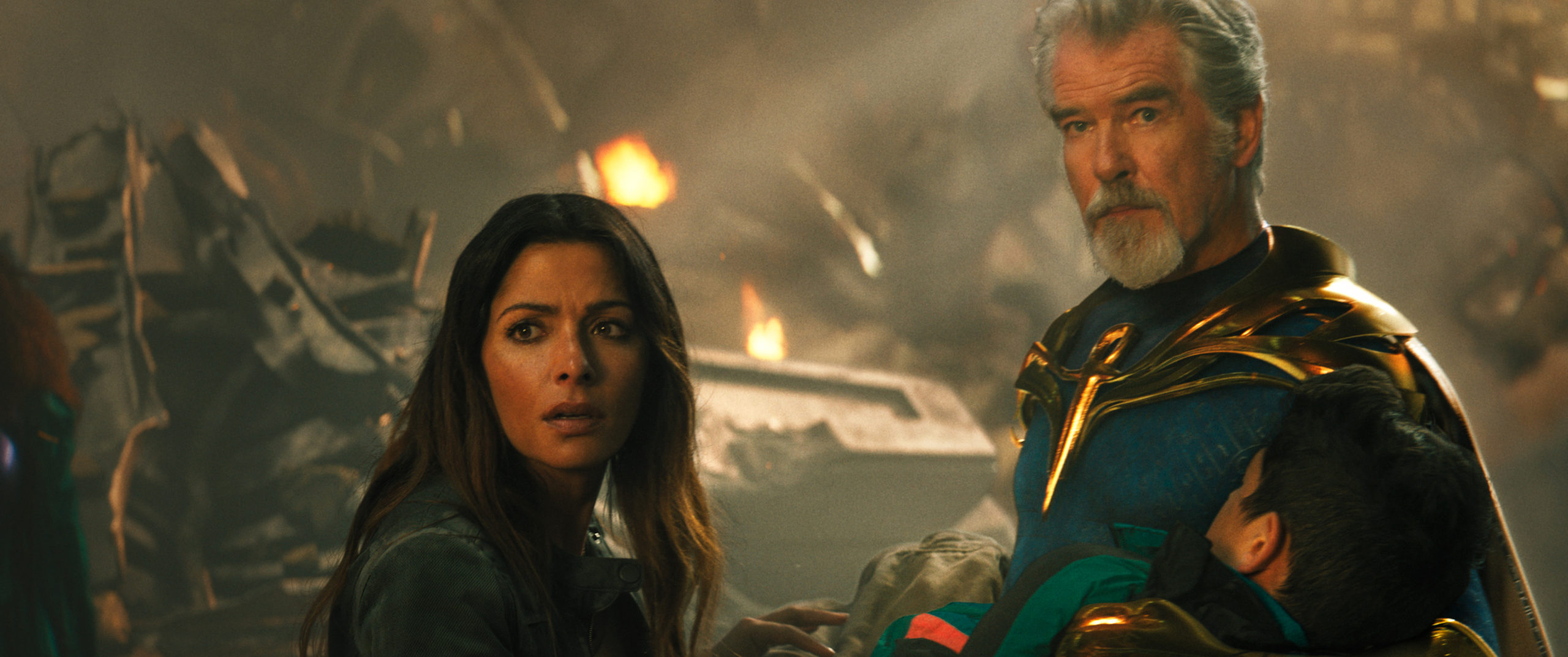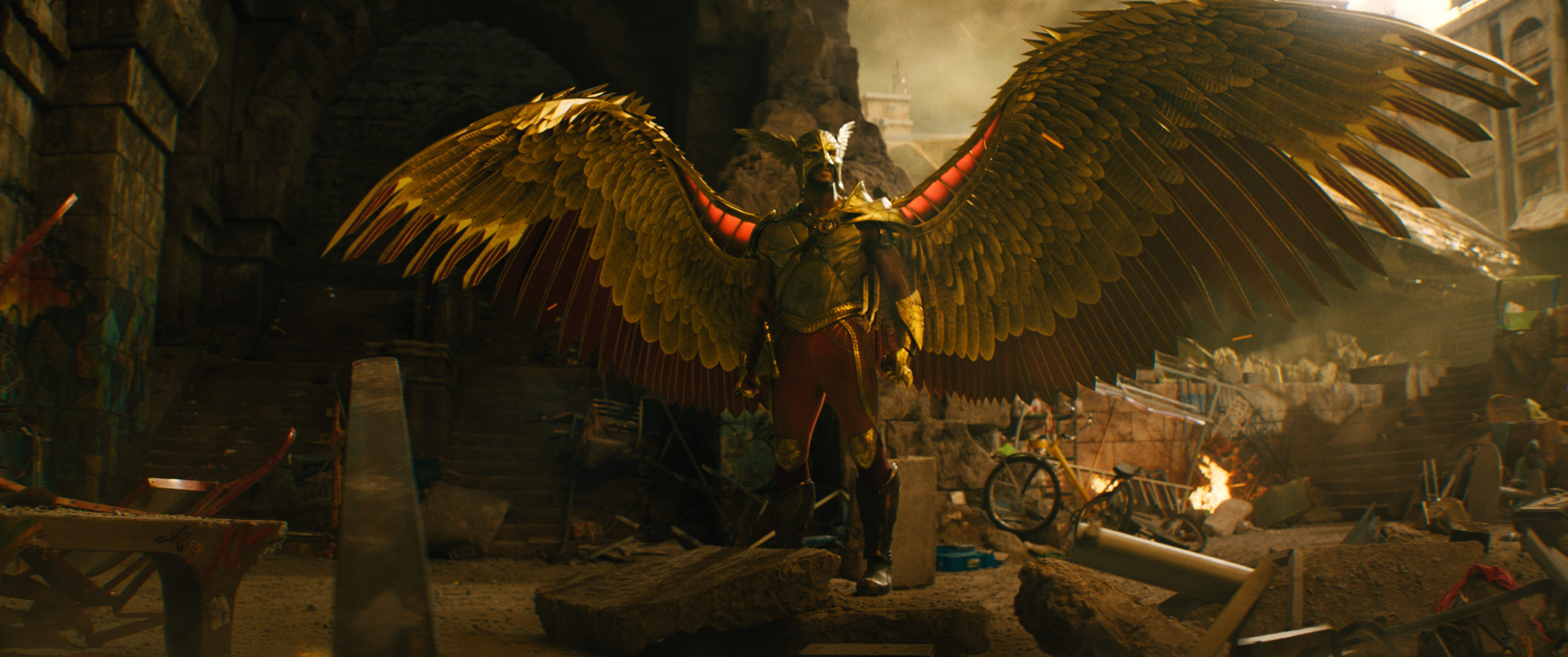
Dwayne “The Rock” Johnson has been toiling away in the background for 15 years give or take, all with the hopes of making his dream come true of bringing “Black Adam” to the big screen. Produced by Warner Brothers and directed by Jaume Collet-Serra, this electric addition to the DC extended universe looks to spark new life into the somewhat turbulent attempts to create a cohesive cinema-verse with the DC properties.
Following on from the 2019 film ‘Shazam!’ that introduced the Wizard Shazam himself, a higher being that can bestow God-like powers to those he deems worthy, sets the stage for the origin story of Teth Adam. In the year 2600 B.C, in the country of Kahndaq, the people have been enslaved to strip mine the land for precious resources that can be used to connect to the underworld.
A champion was chosen, and an empire was crumbled, which in the aftermath, left the powerful champion to be locked away in a tomb for thousands of years. In the modern-day setting of Kahndaq, the people of the nation have once again fallen victim to a controlling organisation, with the idea of human rights being an afterthought.

Sarah Shahi brings the human element to this film as Adrianna who is tied to the underground rebellion of sorts, who went searching for the films main plot device and wound up freeing the man himself, Black Adam. This film kicks it into high gear early and refuses to hold all of its punches as the exhilarating entrance of Kahndaq’s champion proceeds to rack up the kill tally with the brutality of a bull in a china shop.
The sheer presence of Black Adam, with blindingly quick movements and crackling lightning coursing around his body as he decimated a platoon of soldiers resonated with the inner chaos feeling we all have that just wants to see something burn from time to time. Well, maybe that sounded a little extreme, it just came as a visceral reaction to seeing the main character of a DC film surpass the kill total of most who came before him on the big screen in his opening introduction to the modern world.
Despite the initial perception that Black Adam just eviscerated a notoriously bad set of people, the notion of killing still doesn’t sit well with the world, and as such, sparks the interest of the Justice Society of America. The JSA, being a very long-standing organisation in comic book land dating back to the 1940s, is finally making an appearance in the DCEU in a limited capacity.
With ties to Viola Davis’ character, Amanda Waller, who has put together the last two Suicide Squads, sees the danger in front of her and leaves the dirty work up to Carter Hall, better known as the Hawkman and played by Aldis Hodge, to bring his own team in to clean up the mess. His partner, Kent Nelson the vessel for Dr. Fate, played by legendary Pierce Brosnan, creates a storied and veteran presence for the team, especially since they bring along the younger generation in Cyclone, played by Quintessa Swindell, and Atom Smasher, played by Noah Centineo.

With so many character introductions in a very short span of time, it was actually quite easy to forget who the movie was focusing on to be the big bad. The town full of soldiers that posed absolutely zero threat to Black Adam was the equivalate of shooting fish in a barrel. The meat of the film came from the ongoing feud between Hawkman and Black Adam, which was a cinematic achievement in itself.
After painting Black Adam as this unstoppable force of nature, getting beaten down by Hawkman made me sit up in my seat and wonder where this guy came from. Similar to shadow boxing with yourself though, your opponent will always put up an incredible fight, yet never be good enough to overcome you. Even with the multifaceted layers of reality-bending powers of Dr. Fate, backed by the barrage of attacks from Cyclone and the efforts of the bumbling Atom Smasher, Black Adam continuously prevailed and only grew stronger the longer the fight lasted.
As much as I was enjoying the spectacle side of things, I struggled to shake those lingering feelings that I got in Justice League, where I would have appreciated the characters more if they were fleshed out in their own film beforehand. Adrianna and her son, Harout, had to carry the myriad of exposition dumps and beg the question of what a Hero really is, as to them, Black Adam is their saviour, their champion, and the JSA had years to step in and help but didn’t.
Yet, to the JSA team, they see his emotionless and brooding behaviour as a threat to the world over and are there to silence the noise. These issues only stumble further when we get shifted back to the original plot with a much less interesting set of characters who were supposed to be the villains throughout.

There was a heavy emphasis on action that kept the pace tied to the frequent set pieces, but it was commendable of the team to try and interject a bit of humour along the way. Atom Breaker seemed to get unfairly portrayed as the dope who weighs the team down, despite being fully aware of his powers going into the fight beforehand.
Black Adam’s almost robotic responses to the modern world and Harout trying to teach him catchphrases was like watching Arnold’s Terminator and young John Connor all over again. Even so, these were spread out sparingly and didn’t weigh the film down like they did in the original Suicide Squad and hit more than they missed for an overall enjoyable experience.
Black Adam is an electrifying experience that captures the true destructive powers of the new champion of Kahndaq. While stumbling a bit during later portions of the film as they shifted away from the Hawkman and Black Adam feud, the promising arrival of so many characters offers an exciting opportunity to reinvigorate the DCEU as a whole.

The Good
- Visually the most impressive DCEU film
- Dr Fate and Hawkman were as impressive as Black Adam himself in combat
- Body count and action scenes were both absolutely stacked
- A new focus for direction in the DCEU
The Bad
- Villains were bland punching bags
- Atom Breaker was unfairly posed as a dunce character
- JSA introduction felt rushed








